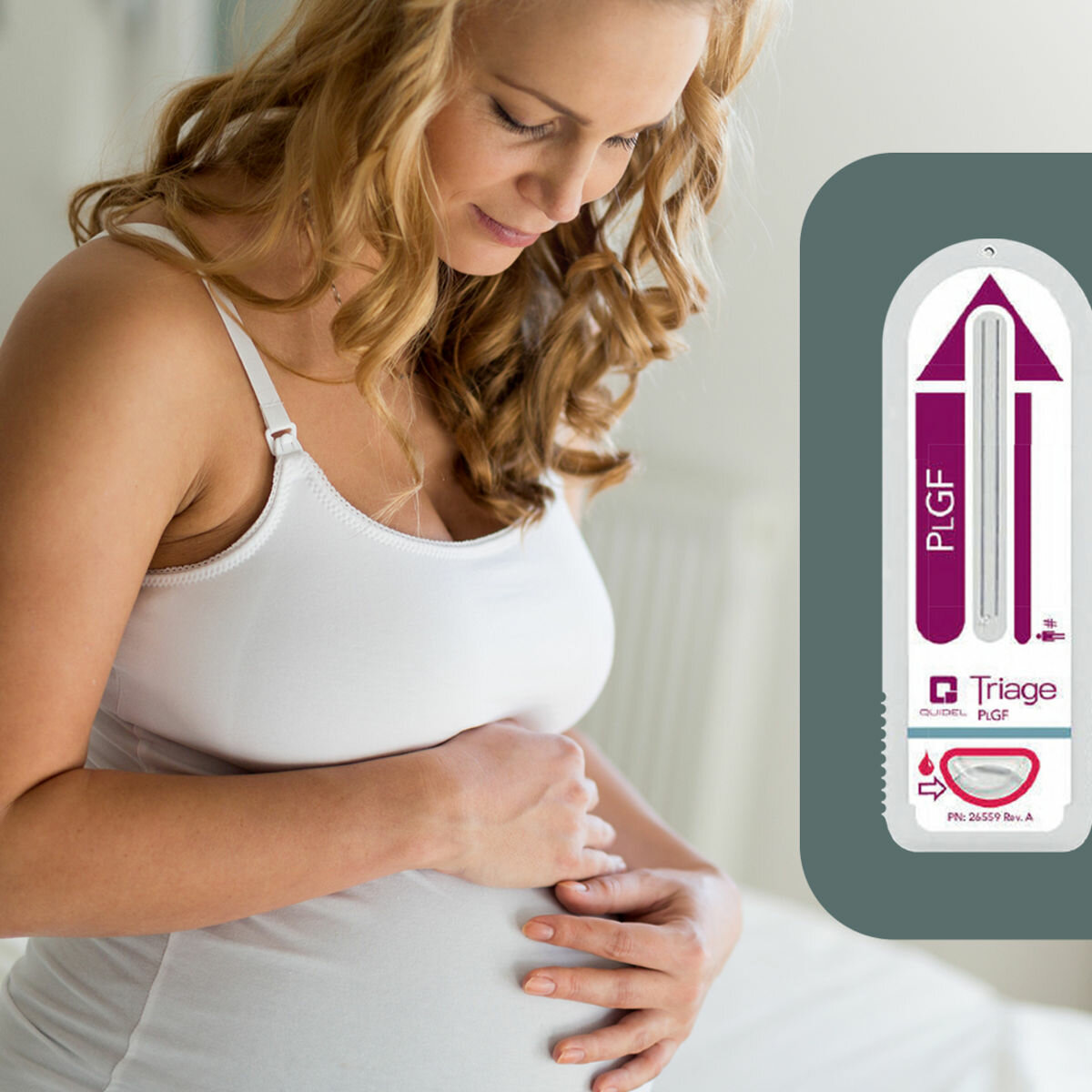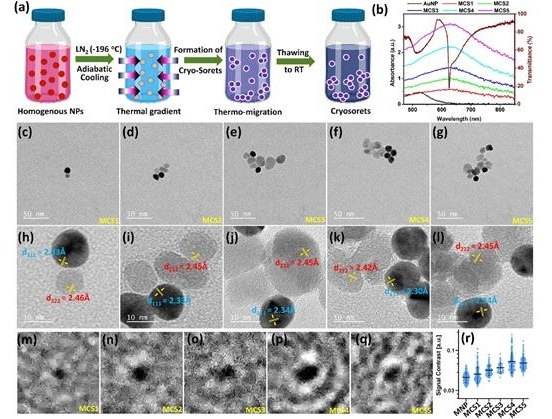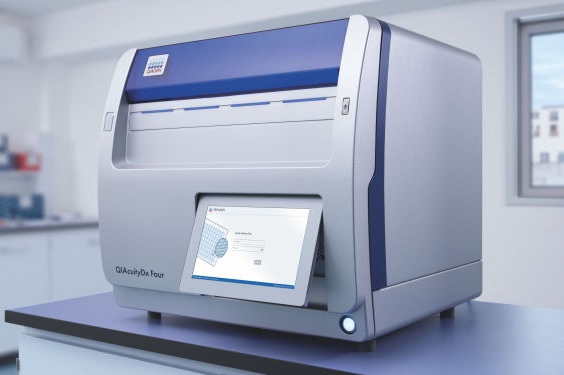Breaking Research Throws Light on COVID, Flu, and RSV Co-Infections
|
By LabMedica International staff writers Posted on 27 Jul 2023 |

At the 2023 AACC Annual Scientific Meeting & Clinical Lab Expo, researchers presented new data on co-infection rates of SARS-CoV-2, influenza, and respiratory syncytial virus (RSV) in the United States. This study provides one of the earliest insights into the interrelationship between these prevalent yet potentially lethal viruses and could contribute to enhanced diagnosis and patient management for these illnesses. After analyzing over 26,000 respiratory tests from US adults and children in late 2022, the researchers found co-infections in over 1% of positive cases, with the rate being particularly high in individuals below 21 years. These findings could impact how clinicians approach testing for respiratory diseases during future epidemics and seasonal outbreaks.
Respiratory viruses like RSV place substantial strain on public health systems. The likelihood of co-infections increases during multiple outbreaks of respiratory diseases, such as in the winter flu season. Patients with co-infections run a higher risk of developing severe disease and experiencing treatment complications, underlining the importance of understanding the prevalence of co-infections within the general population. Co-infections can be especially challenging during an epidemic. For instance, a surge in RSV cases in the US towards the end of 2022 coincided with the continuous spread of COVID-19 and the onset of the seasonal flu. However, there has been very less data defining co-infection rates during this RSV outbreak, which until recently lacked a vaccine.
Now, scientists at Quest Diagnostics (Marlborough, MA, USA) have presented one of the first comprehensive studies on co-infection rates in the US amidst the COVID-19 pandemic. In a retrospective study, they examined 26,657 respiratory tests collected from a clinical laboratory over a 107-day period in the fall of 2022, which included 9,800 samples from patients below 21 years. Using the Roche cobas and Cepheid Xpert platforms, they tested these samples for RSV, SARS-CoV-2, and influenza A/B.
The tests demonstrated that co-infections with two or more of these viruses occurred in 1.33% of positive cases and in .55% of all samples studied. The positivity rates varied depending on the viruses involved, ranging from .38% in adults for both SARS-CoV-2 and RSV to 2.28% in adults for both influenza A and SARS-CoV-2. However, co-infection rates in the pediatric group surpassed those in the adult population for all three viruses. A striking 6% co-infection rate of SARS-CoV-2 and influenza A in those under 21 was observed, which echoed previous findings by the Centers for Disease Control and Prevention in hospitalized pediatric patients.
“As we experience more flu-seasons and future epidemics of respiratory viruses, we’ll be able to acquire more co-infection rate data,” said lead scientist George Pratt, Ph.D., at Quest Diagnostics. “Our current work would make a useful data point to help evaluate whether future co-infection rates are shrinking or growing.”
Related Links:
Quest Diagnostics
Latest AACC 2023 News
- First-of-Its-Kind Single-Cell Clinical Microbiology Platform Wins 2023 Disruptive Technology Award
- Ground-Breaking Phage-Based Diagnostic Kit for Laboratory Tuberculosis Testing Presented at AACC 2023
- Laboratory Experts Show How They Are Leading the Way on Global Trends
- Unique Competition Focuses on Using Data Science to Forecast Preanalytical Errors
- Best Approach to Infectious Disease Serology Testing for Laboratorians and Clinicians Discussed at AACC 2023
- New Research Shows Self-Collected Tests Perform Similarly to Provider-Collected Tests for Detecting STIs
- AI Predicts Multiple Sclerosis Risk, Flags Potentially Contaminated Lab Results
- Scientific Session Explores Role of Technology in New Era of Specimen Transport
- Prevencio Presents AI-Driven Platform for Medical Diagnostic Test Development
- Scientific Session Explores Future Role of AI and ML in Clinical Laboratory
- SARSTEDT Demonstrates Pre-Analytic Innovations for Improving Specimen Quality, Reducing TAT and Automating Labs
- World's First Large Sample Volume, Open-Assay, Super-fast, Ultra-Sensitive, and Sample-To-Answer PCR Instrument
- Vital Biosciences Unveils Revolutionary POC Lab Testing Platform
- World's Smallest POC Device for Complete Blood Count in 30 Minutes Unveiled
- General Biologicals Unveils CTC Cancer Detection Products and Automated Molecular System
- Fapon Showcases Innovative Diagnostic and Biopharma Solutions
Channels
Clinical Chemistry
view channel
New Clinical Chemistry Analyzer Designed to Meet Growing Demands of Modern Labs
A new clinical chemistry analyzer is designed to provide outstanding performance and maximum efficiency, without compromising affordability, to meet the growing demands of modern laboratories.... Read more
New Reference Measurement Procedure Standardizes Nucleic Acid Amplification Test Results
Nucleic acid amplification tests (NAATs) play a key role in diagnosing a wide range of infectious diseases. These tests are generally known for their high sensitivity and specificity, and they can be developed... Read moreMolecular Diagnostics
view channel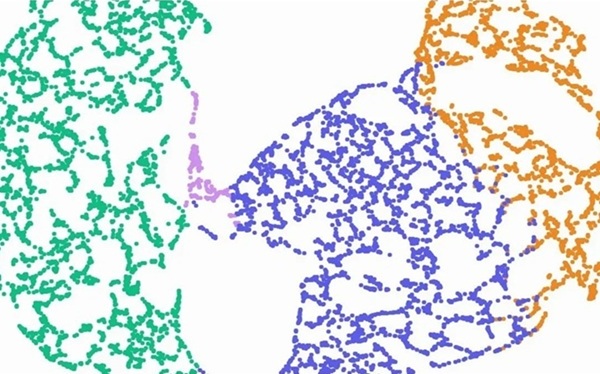
RNA-Seq Based Diagnostic Test Enhances Diagnostic Accuracy of Pediatric Leukemia
A new unique test is set to reshape the way Acute Lymphoblastic Leukemia (BCP-ALL) samples can be analyzed. Qlucore (Lund, Sweden) has launched the first CE-marked RNA-seq based diagnostic test for pediatric... Read more
New Technique for Measuring Acidic Glycan in Blood Simplifies Schizophrenia Diagnosis
Polysialic acid is a unique acidic glycan predominantly found in brain regions associated with memory and emotion, but it is also present in the bloodstream. Research has shown that blood levels of polysialic... Read moreHematology
view channel
Disposable Cartridge-Based Test Delivers Rapid and Accurate CBC Results
Complete Blood Count (CBC) is one of the most commonly ordered lab tests, crucial for diagnosing diseases, monitoring therapies, and conducting routine health screenings. However, more than 90% of physician... Read more
First Point-of-Care Heparin Monitoring Test Provides Results in Under 15 Minutes
Heparin dosing requires careful management to avoid both bleeding and clotting complications. In high-risk situations like extracorporeal membrane oxygenation (ECMO), mortality rates can reach about 50%,... Read moreImmunology
view channel
Blood Test Detects Organ Rejection in Heart Transplant Patients
Following a heart transplant, patients are required to undergo surgical biopsies so that physicians can assess the possibility of organ rejection. Rejection happens when the recipient’s immune system identifies... Read more
Liquid Biopsy Approach to Transform Diagnosis, Monitoring and Treatment of Lung Cancer
Lung cancer continues to be a major contributor to cancer-related deaths globally, with its biological complexity and diverse regulatory processes making diagnosis and treatment particularly difficult.... Read more
Computational Tool Exposes Hidden Cancer DNA Changes Influencing Treatment Resistance
Structural changes in tumor DNA are among the most damaging genetic alterations in cancer, yet they often go undetected, particularly when tissue samples are degraded or of low quality. These hidden genomic... Read moreMicrobiology
view channel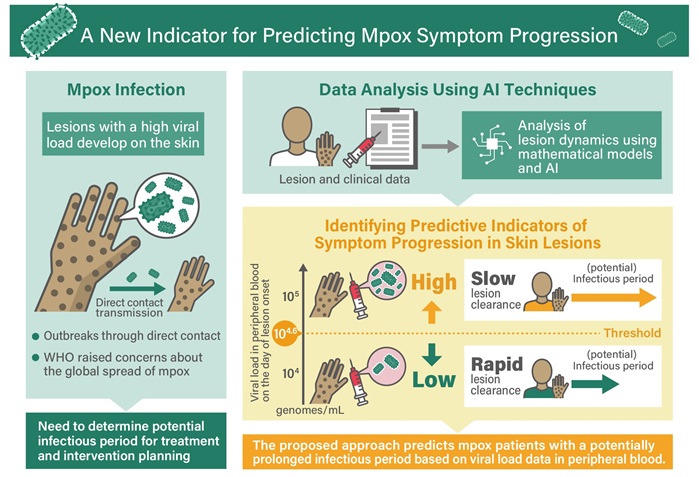
Viral Load Tests Can Help Predict Mpox Severity
Mpox is a viral infection that causes flu-like symptoms and a characteristic rash, which evolves significantly over time and varies between patients. The disease spreads mainly through direct contact with... Read more
Gut Microbiota Analysis Enables Early and Non-Invasive Detection of Gestational Diabetes
Gestational diabetes mellitus is a common metabolic disorder marked by abnormal glucose metabolism during pregnancy, typically emerging in the mid to late stages. It significantly heightens the risk of... Read morePathology
view channelAI Performs Virtual Tissue Staining at Super-Resolution
Conventional histopathology, essential for diagnosing various diseases, typically involves chemically staining tissue samples to reveal cellular structures under a microscope. This process, known as “histochemical... Read moreAI-Driven Preliminary Testing for Pancreatic Cancer Enhances Prognosis
Pancreatic cancer poses a major global health threat due to its high mortality rate, with 467,409 deaths and 510,992 new cases reported worldwide in 2022. Often referred to as the "king" of all cancers,... Read more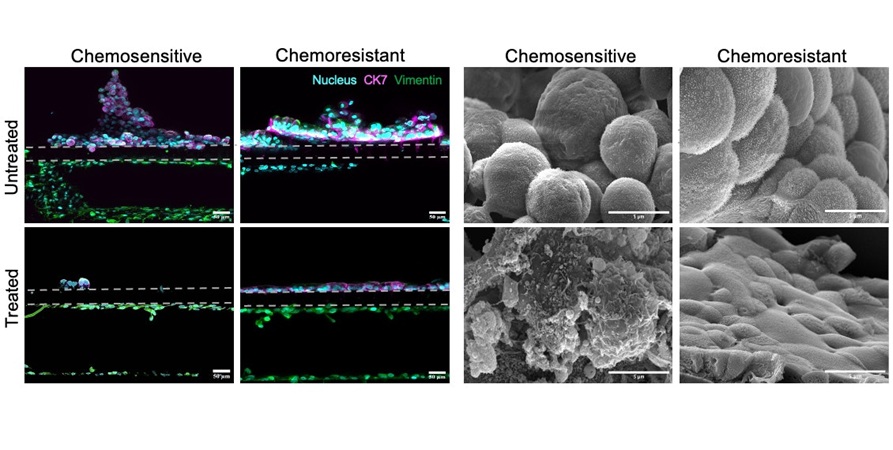
Cancer Chip Accurately Predicts Patient-Specific Chemotherapy Response
Esophageal adenocarcinoma (EAC), one of the two primary types of esophageal cancer, ranks as the sixth leading cause of cancer-related deaths worldwide and currently lacks effective targeted therapies.... Read more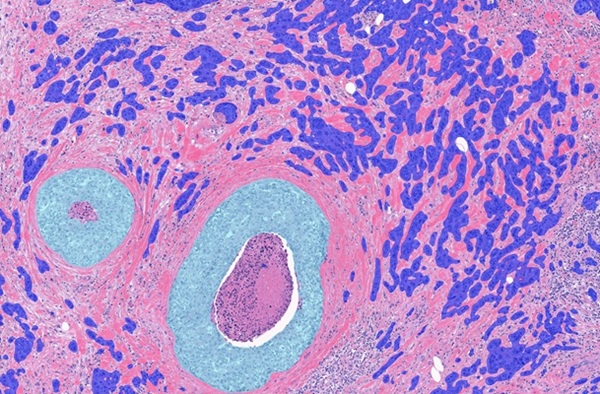
Clinical AI Solution for Automatic Breast Cancer Grading Improves Diagnostic Accuracy
Labs that use traditional image analysis methods often suffer from bottlenecks and delays. By digitizing their pathology practices, labs can streamline their work, allowing them to take on larger caseloads... Read moreTechnology
view channel
Inexpensive DNA Coated Electrode Paves Way for Disposable Diagnostics
Many people around the world still lack access to affordable, easy-to-use diagnostics for diseases like cancer, HIV, and influenza. Conventional sensors, while accurate, often rely on expensive equipment... Read more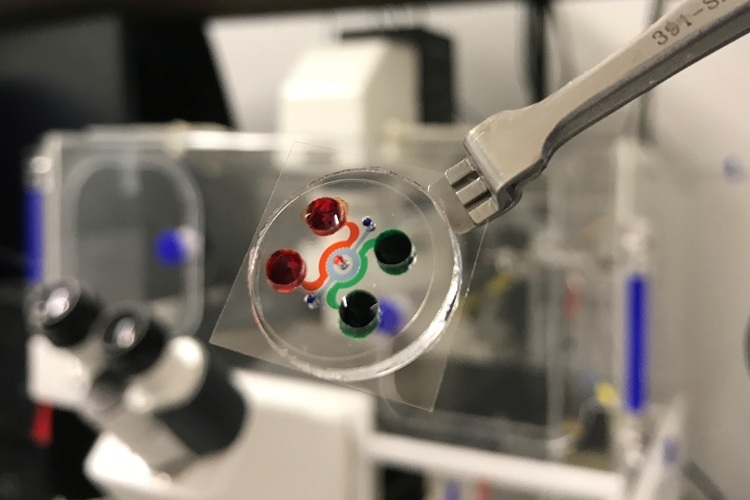
New Miniature Device to Transform Testing of Blood Cancer Treatments
Chimeric antigen receptor (CAR) T cell therapy has emerged as a groundbreaking treatment for blood cancers like leukemia, offering hope to patients when other treatments fail. However, despite its promise,... Read moreIndustry
view channel
Lunit and Microsoft Collaborate to Advance AI-Driven Cancer Diagnosis
Lunit (Seoul, South Korea) and Microsoft (Redmond, WA, USA) have entered into a collaboration to accelerate the delivery of artificial intelligence (AI)-powered healthcare solutions. In conjunction with... Read more








